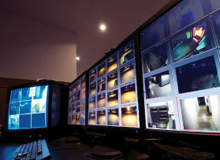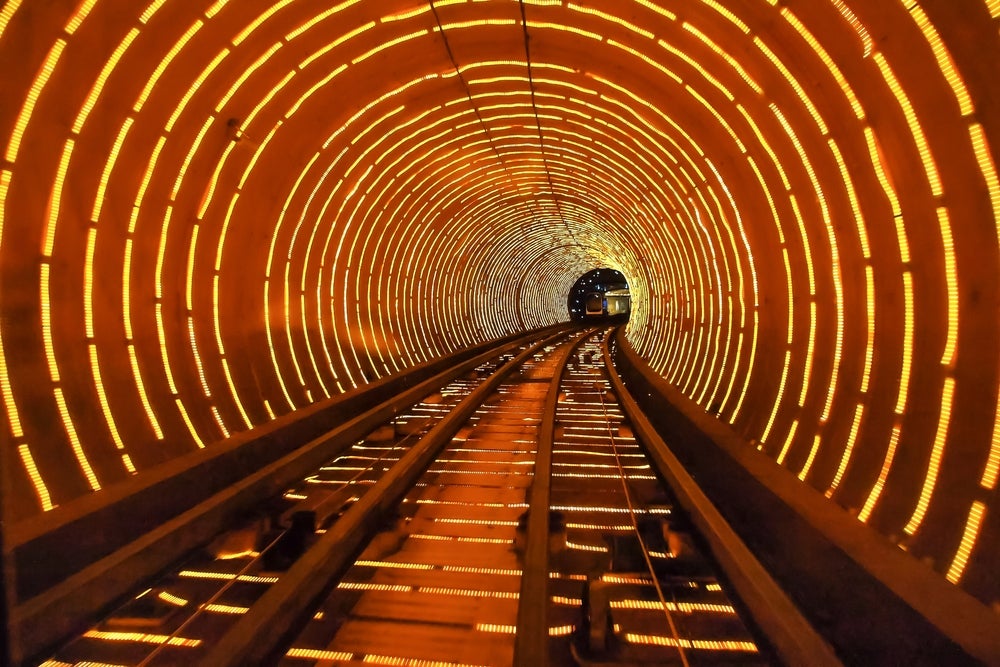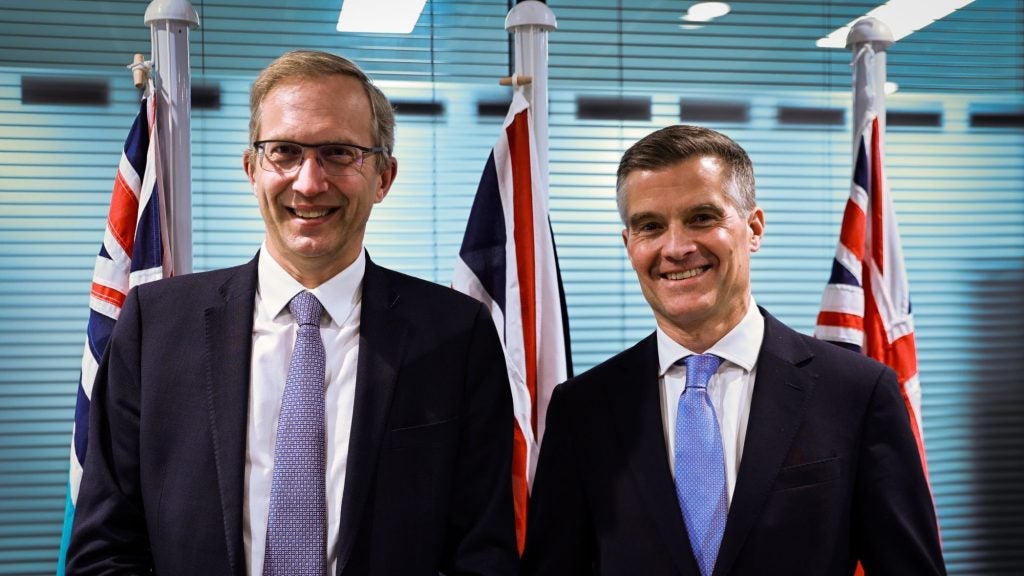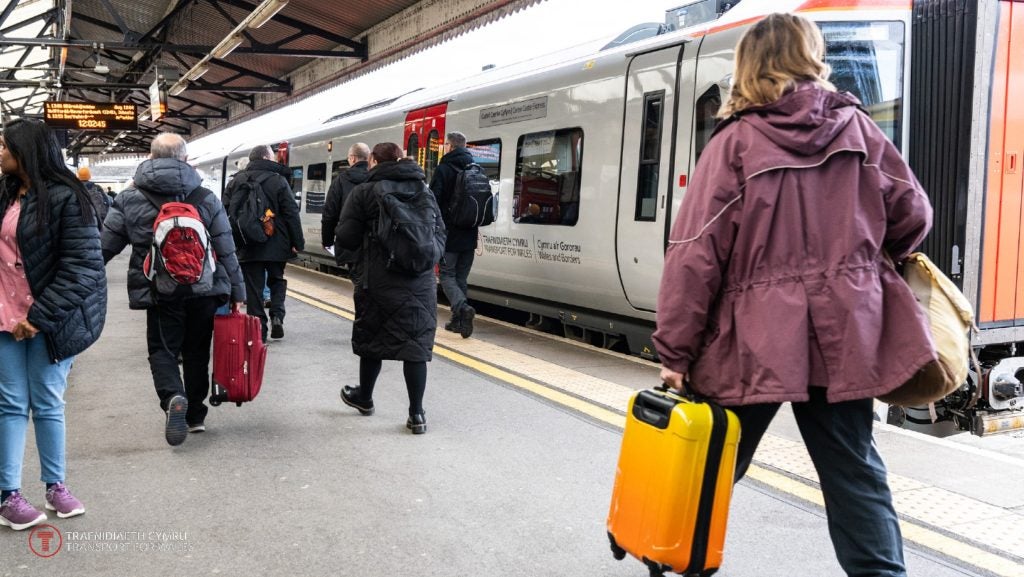
In airports, on roads and across rail networks, security has become a more pressing issue. Making the job harder is the increasingly integrated nature of these transportation modes and overcoming the challenges presented by legacy systems already in place that can only fulfil one specific task.
Frances Penwill-Cook caught up with ARINC business development director for government and physical security Andy Nicholson to find out how his firm is working to provide engineering and integration security systems across all transportation sectors.
Frances Penwill-Cook: How have security needs changed within transportation?
Andy Nicholson: It's not like it used to be 20 years ago when transportation had very clearly defined boundaries on where it ended and where it started.
An amalgamation of infrastructure happened and now you've got underground stations in airports, highways underneath runways and interconnecting airports. As these places have got bigger, so have the risks associated with defining and protecting the perimeter.
See Also:
ARINC has been around for 80 years and the company has a solid foundation in integration, engineering and communication – these are the three key areas the company has focused on. The security side has become more predominant over the last 50 years and has got more integrated over the last 20. In fact, we installed our first major fully integrated physical security solution 22 years ago.
How well do you really know your competitors?
Access the most comprehensive Company Profiles on the market, powered by GlobalData. Save hours of research. Gain competitive edge.

Thank you!
Your download email will arrive shortly
Not ready to buy yet? Download a free sample
We are confident about the unique quality of our Company Profiles. However, we want you to make the most beneficial decision for your business, so we offer a free sample that you can download by submitting the below form
By GlobalDataFPC: What do ARINC's sales over the last two years tell you about the trends in transportation security?
AN: We're seeing a definite trend towards a digital infrastructure for physical security applications. In the past cameras have been analogue connected, which creates great restraints on infrastructure configuration.
As more networks become available, digital infrastructure allows us to take one camera and view it in one or 100 positions without affecting the quality of the video stream.
This has allowed airports, railways and highways to distribute management control operational centres relatively simply and create buddy systems, back-up control rooms and extra viewing positions by using a digital network infrastructure.
In the past there would have been numerous separate access control, video surveillance and intercom systems, all of which are manufactured with a very specific communications protocol. In addition, they all had uniquely programmed ideas about how they are going to work and what they are going to do.
ARINC has developed a product, called Advanced Information Management (AIM), which is the glue that brings together all of these legacy systems into one solution. This product is more and more in demand. AIM allows us to create one central graphic user interface, and we have many drivers that talk and interconnect with these third-party products. We are constantly developing and adding to our driver bank.
FPC: What systems are vital for keeping today's railways secure?
AN: Train-to-track communication systems are essential. We provide a full design service, using AIM as a key management tool for the project. It is a solid platform on which to build resiliency, scalability and flexibility.
We also design the intercommunication systems for the trains, signage on the platforms, CCTV, access control to station offices and equipment rooms, as well as the communications centres and so on.
There are many issues that need to be closely monitored and a large number of health and safety issues. In terms of platform security, watching the yellow safety lines is a major issue.
Our systems can be designed to warn the driver if there's someone on the wrong side of that line so he slows down before he reaches the platform.
The other thing that we have to do is take legacy into consideration, which means you want to get five years back on your money. We allow current systems to connect with new systems.
FPC: What are the greatest challenges the industry is facing?
AN: The greatest challenge is the economic climate and making the investment in solid infrastructure. Clients need systems that are reliable, resilient, scalable and flexible for the future – and that requires a certain level of investment.
Very few of our competitors focus on resiliency and what that means is that in the physical security world, we have a system, which always requires a standby system. So if one of the systems fails, we're mirroring and duplicating to a secondary system all the time.







